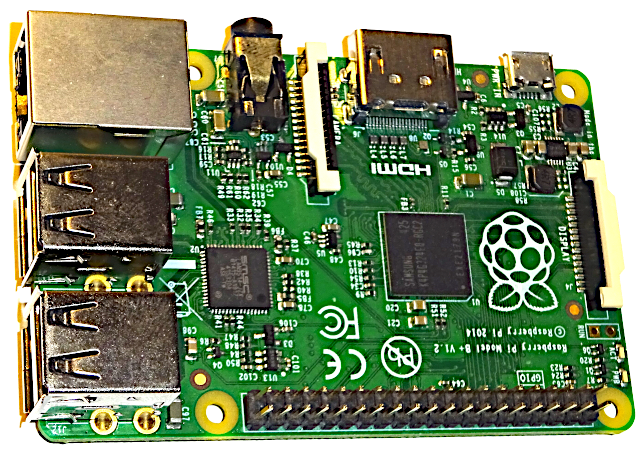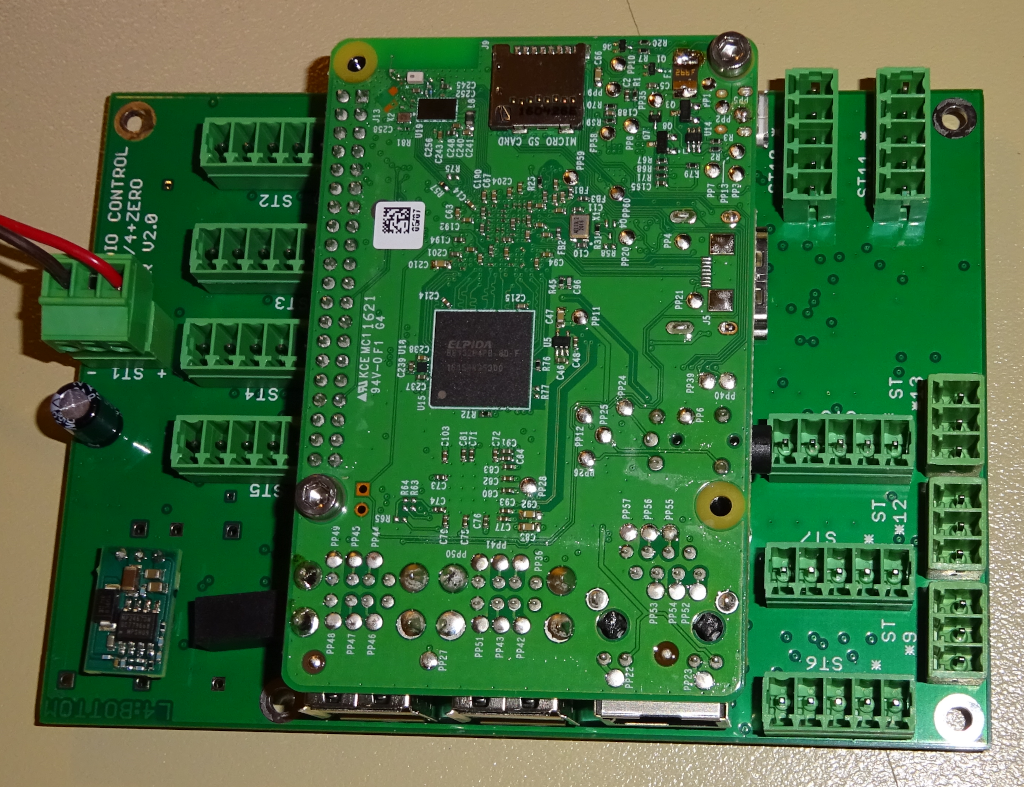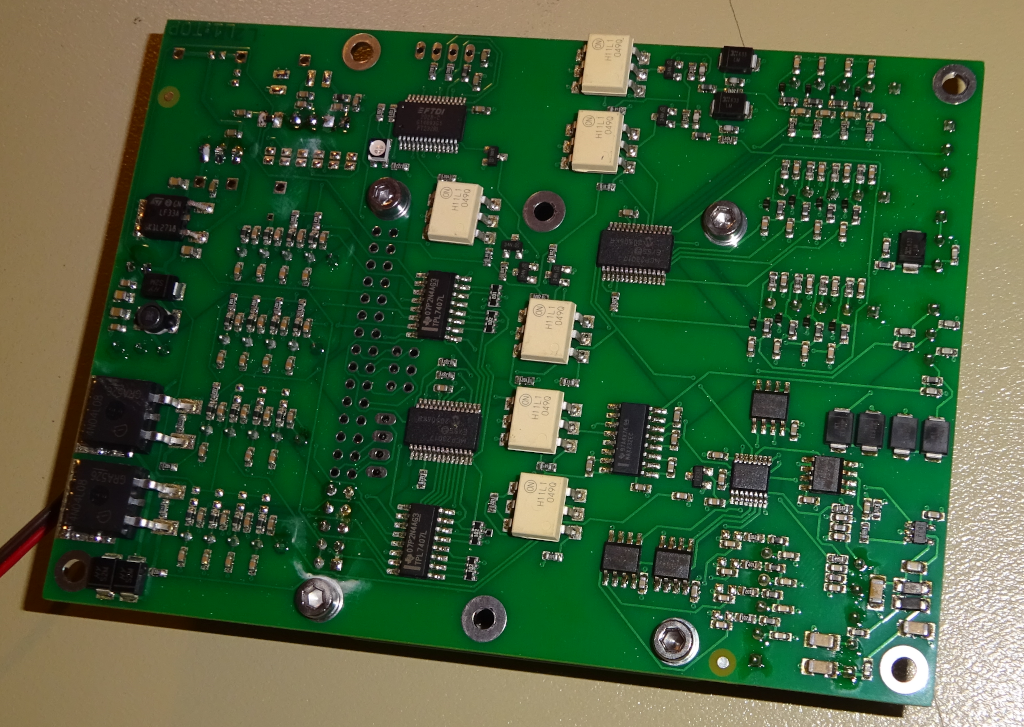Table of Contents
HAM radio controller for the Raspberry PI
Universal platform for almost all HamRadio projects.
These projects are currently realized or planned on the basis of this board:
- Controller for automatic antenna tuner
- Remote control for antenna rotor
- Stepper motor controller for CNC test unit
- Controller for adjustable solar panels
- RF Power amplifier controller
- and many more
Overview
I have always done previous projects with microcontrollers, such as Atmel, STM, PIC etc.
It works well, is inexpensive and allows for small, practical circuit boards and devices,
However, there are also certain restrictions. On the popular 7 '' PA controller, for example, I have an ESP8266 for network connection. This also works great, but requires considerable development effort. In addition, you have to familiarize yourself with the use of various controllers and have the development environment ready.
For future projects I have decided on a modern, very flexible and easier to program concept:
Single Board Computer SBC:
 Instead of one or more microcontrollers, I use an SBC, such as the Raspberry PI.
Instead of one or more microcontrollers, I use an SBC, such as the Raspberry PI.
A large selection of boards is available, from the normal sized Raspberry 3/4 or Orange PI to the small Raspberry PI Zero-W and similar.
Advantages of this concept:
- very powerful
- huge selection of software available
- Network capability and web server are automatically included
- easier, faster programming
- better debugging
- Inexpensive SBCs available
- The time from the idea to the finished device is much shorter than with previous concepts
Disadvantages of this concept:
- slightly higher price
- requires more installation space
- higher power consumption
Firmware:
Prepared functions for:
- GPS (incl. calculation of sun position)
- GPIOs (in/out)
- Analog IN (12 bit)
- Motor control
- Stepper motor control
- reading of rotary encoders
- serial interface incl. USB/serial
- ICOM CIV Interface
- UDP send/receive
- Websocket to send data to a browser
The universal board:
an SBC has only a few inputs / outputs and is usually poorly suppressed in terms of RF interference. Therefore, a circuit board was developed which allows a Raspberry PI, for example, to be plugged in directly and expanded it with a large number of analog and digital ports, especially for use in the shack. Without exception, all connections have RF filters (PI configuration with ferrites).
The board is programmed in standard C, with a basic framework with all hardware drivers already available, so that one no longer has to deal with the interface to the hardware.

